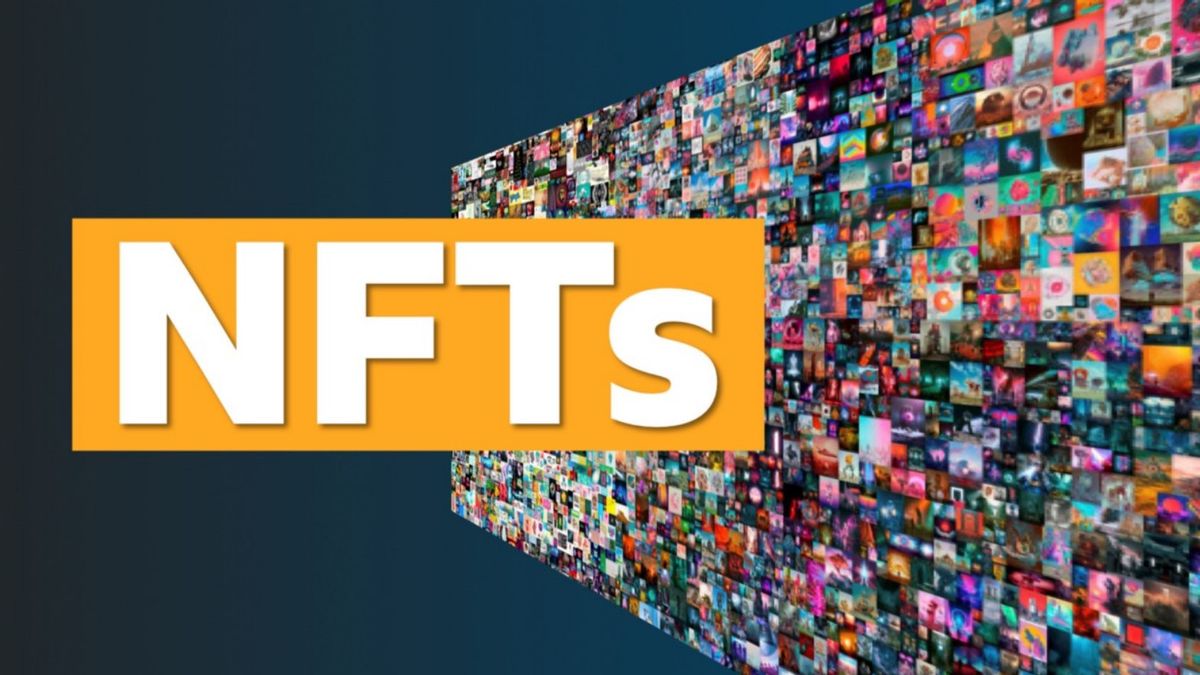JAKARTA Non-fungible tokens (NFT) have been booming in recent years, although currently the crypto market and NFT are experiencing a significant decline. In the world of NFT itself, there are various terms that are only known by the community.
The public who have just entered the world of NFT may be confused by the various foreign terms related to these digital assets. Even so, the terms in the world of NFT and in the crypto world itself are not so much different, the VOI.id team will help overcome the confusion. Here are the terms in the world of NFT:
1. Airdrop
Airdrop is a vertical delivery of NFTs or tokens to user wallets after users perform a number of simple tasks such as following NFT developer social media accounts, retweets, and so on. This airdrop project is intended as a promotion of a new NFT collection.
2. Avatar
Avatars in NFT usually represent their owners. Therefore, avatars can be in the form of 2D and 3D images. Avatars are a form of human personification in the virtual world.
3. Blockchain
Blockchain is a new technology to store data digitally and safely. It acts as a distributed ledger that records all data and transactions directly and cannot be edited, deleted or manipulated. Blockchain stores data across all distributed devices or nodes on computer networks around the world, instead of centralized servers. In addition, blockchain is also transparent, where all data can be seen by anyone. Blockchain is the technology used in cryptocurrencies and NFTs.
4. DAO
DAO is an acronym for the Decentralize Autonomous Organizations or Decentralized Autonomous Organizations. DAO is an organization run on the blockchain by a group of people without the company's hierarchy. It is regulated by smart-contracts that set important rules and regulations and make important decisions based on the voice of members. In other words, unlike companies in general, DAO functions autonomously and without leadership.
5. Crypto wallet
Crypto wallets are a place to store, transfer, and manage your crypto assets, including cryptocurrencies and NFT digital art. This wallet can be a software (or hot wallet) to store digital assets online. There is also a hardware wallet (or cold wallet), such as Ledger, which stores tokens offline, making it a safer choice.
6. Dutch Auction
The Dutch auction is where prices start to rise, and gradually decline over time. Many marketplaces use this type of auction for NFT.
7. Fee Gas
Gas fees, or transaction fees, are the amount that users have to pay to make transactions on the blockchain. The fee goes to blockchain miners who validate transactions on the blockchain. Gas fees vary significantly based on a number of parameters, including network activity.
8. Gas War
Gas War or transaction warfare in NFT occurs during project launches or high-value sales when large numbers of people compete to get certain NFTs. Basically, demand causes the price of Ethereum transactions to soar due to network congestion.
9. Generative Art
With some NFTs, digital art is fully defined by network elements; such as hash transactions. To explain, any NFT trait will be different, just like ID or barcode numbers will be different. Therefore, it generates a randomized NFT, or generative art.
10. Mint
Mint is an NFT printing process. The print refers to the process of adding and recording NFT to the blockchain. Once printed, NFT is available to the public for viewing, buying, selling, or trading.
11. NFT marketplace
The NFT marketplace is an NFT buying and selling platform. The most popular NFT marketplace includes OpenSea, LooksRare, Rarible, Solsea and others.
12. PFP
PFP or NFT profile picture is one designed to be featured as a user's social media profile picture, especially on Twitter. Several general examples include Bored Ape Yacht Club, CryptoPunks, and Doodles.
13. Whitelist
Whitelist in NFT is a list of exclusive users who gain initial access to one of the NFTs or more of the projects that take place over a certain period of time.
This is an article on terms in the world of NFT that digital arts enthusiasts must know.
The English, Chinese, Japanese, Arabic, and French versions are automatically generated by the AI. So there may still be inaccuracies in translating, please always see Indonesian as our main language. (system supported by DigitalSiber.id)








